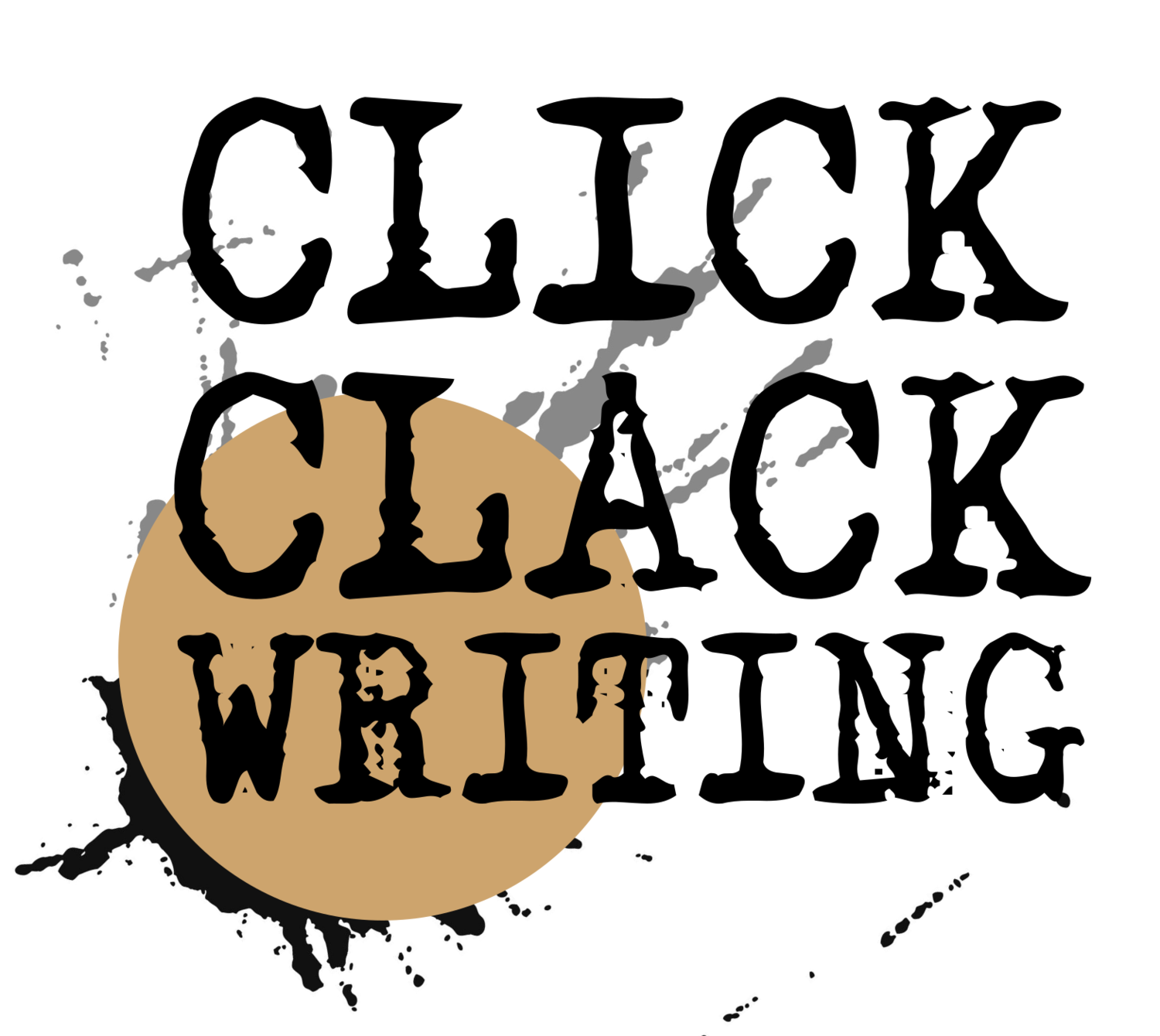Photo by Andrew Neel on Unsplash
National Novel-Writing Month (affectionately called NaNoWriMo) is every November. The goal is to write 50,000 words of a novel in just thirty days, which breaks down to 1,667 words per day. Sound tough?
It is. But it’s not impossible.
I’ve done it twice now, with a little sacrifice and strategy (more on that in last year’s post on surviving NaNoWriMo). The key is consistency, a lot of focus, and the will to keep on writing, even when you know not everything you’re putting down on paper is solid gold, Pulitzer Prize-worthy prose.
Another way to reach the 50K mark is lean on your community and some good old fashioned peer pressure. When you sign up for NaNoWriMo, you check in to the official website every day to log your progress and make sure you’re hitting your goals. You can also participate in forums or attend a NaNoWriMo write-in (where you get together with other crazy writers and write in a coffee shop, library, or the like. It’s about as awkward as it sounds, but it’s also kind of fun. You know these people have the same drive as you do and that can be oddly motivating).
But what if November isn’t ideal? It is on the brink of the holiday season, after all. What if you’d rather write in, say, July? How can you log your progress and find the motivation you need to keep at it and meet your writing goals?
With a little strategy and a couple of handy tools.
Strategy #1: Be Consistent
Pick a time of day when you’re at your writing best, and set aside time every single day to write. If you can’t set aside a large block of time, try setting aside two smaller blocks (for instance, half an hour in the morning and half an hour over lunch).
Strategy #2: Don’t Self-Edit
When you’re click-clacking along, you may be tempted to go back over what you’ve written and edit the heck out of it. Don’t. There will be plenty of time for that after you’ve written your shitty first draft.
Strategy #3: Find Your Cheerleaders
via Giphy.com
Even though you won’t have the same kind of built-in writing community you would during NaNoWriMo, you can still tap into the power of community (and peer pressure!). If you haven’t already joined a writing critique group, do it! They’re great for holding you accountable, teaching you new skills and techniques, and encouraging you to keep writing.
If you don’t have time to join a writing group before your big month of writing, call on your family or friends for help. Let them know what you’re up to and ask them to check in every once in a while to hold you accountable. You don’t want to let your friends down, do you? ;)
Strategy #4: Take Intentional Breaks
When Dan Brown (of The DaVinci Code fame) writes, his computer screen turns black after a set amount of time and he drops to the ground and does push ups until it turns on again. For real. He uses a program that turns his screen black and FORCES him to stop writing for a little while. He claims that this method helps him focus during the "on times," when his screen is visible. Personally, this tactic would give me more anxiety than anything, but whatever works for you!
If you're not into the whole "black out your screen for a few minutes thing," try something simpler: step away from your screen and take a walk. Or go for a run. Or bake some cookies. Or work on your knitting project...anything that will free up some head space and give you room to let your creative ideas flow once more. Everyone hits walls and, instead of falling down a Facebook rabbit hole, do something productive for a set amount of time.
Tool #1: Track Your Progress
It is immensely satisfying to watch your word count edge up and up. Whether you use an Excel spreadsheet, an app, or an online tracker, it’s a good idea to track your writing progress. Here are a few tracker tools:
- Pacemaker (free for basic plan)
- Writeometer (for Android OS; free)
- Write on Track (Apple iOS; $1.99)
Tool #2: Use a Productivity App
Via Giphy.com
If you have trouble staying on task (and who doesn't every once in a while? Squirrel!), consider using a productivity app. Apps such as Focus List or Forest help you focus on a single task and even (in the case of Forest) remind you to stop playing around on your phone!
You may also want to find out where, exactly, your hours GO in a given day. For that info, check out the Hours app.
If you're most productive in a certain environment, consider simulating that environment with the Noisli app. Queue up the background ambiance of a coffee shop, ocean, or forest.
Tool #3: Try Scrivener
If you're the kind of person who takes notes on post-its, loses track of your research, or has trouble remembering the eye color or background of each of your characters, Scrivener was MADE for you.
This program (free to try out) contains all your research, notes, links, or anything else related to your writing right alongside your WIP. By categorizing everything into folders (characters, settings, etc.), you'll have instant access to your notes, instead of having to dig through that pile of notebooks on your desk to find that one idea about that one thing. :)
Are you planning on some heavy writing sometime soon? What techniques will you be using as you forge ahead? What's worked (and not worked!) in the past? However you end up approaching your writing, I hope your words flow like the mighty Mississippi...clear, effortless, and with the occasional unexpected twist that makes you go "Wheeeeee!"








